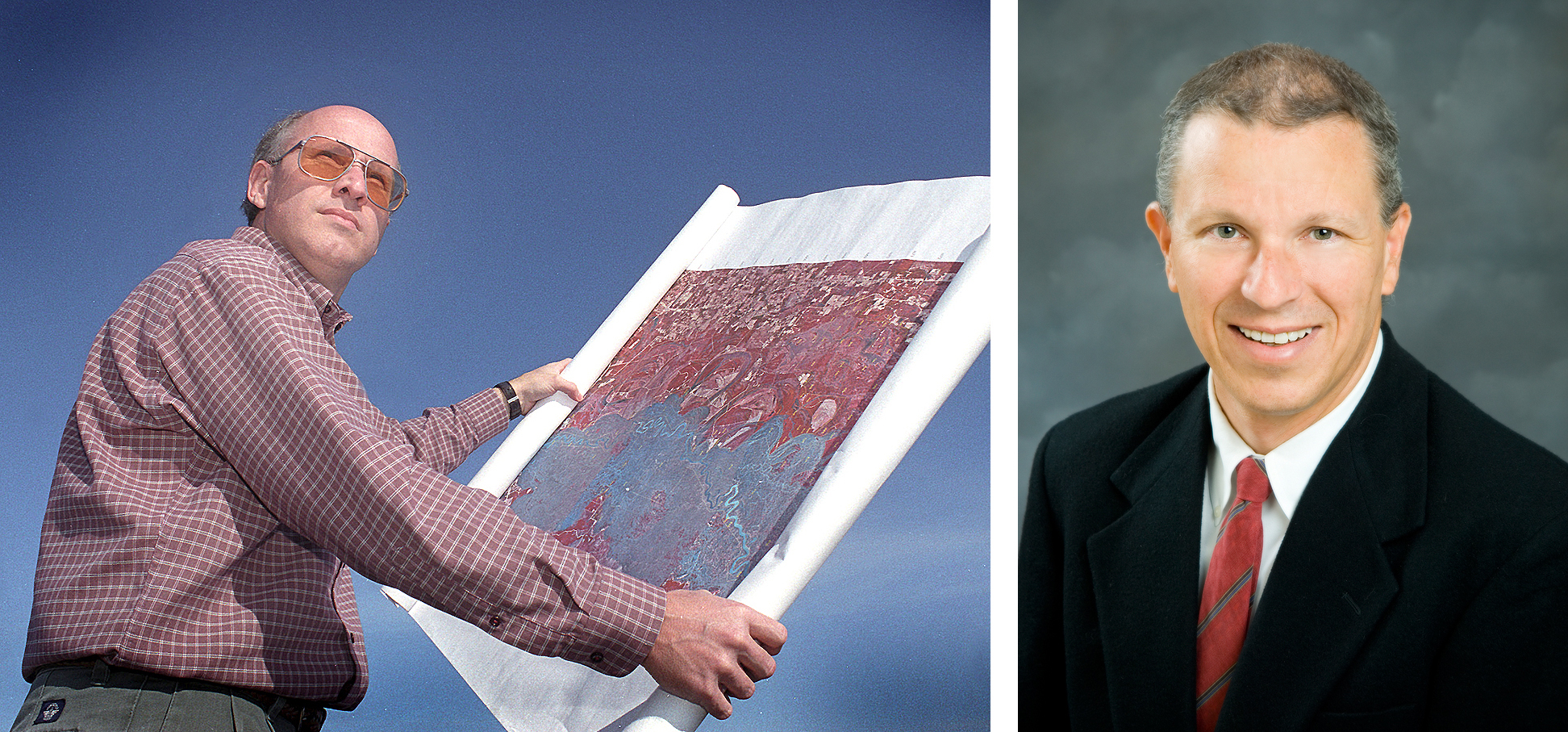Contact: Phil Hearn

STARKVILLE, Miss.--Mississippi State will use a $9.6 million federal grant to help NASA develop a stronger and more accessible Earth science research database for use by a wide variety of U.S. governmental agencies.
Armed with the funding from NASA's Applied Sciences Directorate, the university's GeoResources Institute is marshaling its geospatial technology expertise to help build a computerized, one-stop data resource. It could have global research impacts on such diverse issues as climate change, bioterrorism, transportation, and population trends.
"We are using high-performance computing, remote sensing, rapid prototyping, geographic information systems, global positioning systems and 3-D landscaping visualization capabilities that will come together in a very complementary way," said GRI director David Shaw, co-principal investigator for the grant.
"They are looking for a data system that will be globally accessible, globally searchable--sort of a 'Google' for NASA research," he added. "At the end of the two-year grant period, we expect to have this system fully stood up and operational."
Also providing support for the National Aeronautics and Space Administration project are the University of Mississippi's Geoinformatics Center, and a team from the Stennis Space Center comprised of the Institute for Technology Development and Science Systems and Applications Inc.
"I think this positions not only Mississippi State, but the state of Mississippi to be more competitive," said Shaw. "We're going to provide a significant contribution to the base system from which the next generation of research will be determined."
Co-principal investigator for MSU's lead role in the project is Robert J. Moorhead, a professor of electrical and computer engineering and GRI associate director for research. He also is an expert in rapid prototyping technology, which produces working models from computer-aided designs or animation modeling software.
The goal of the rapid prototyping capability is to speed the evaluation of potential uses of NASA research products and technologies, and improve future operational systems by reducing the time to access, configure and assess their effectiveness.
"Our rapid prototyping capability will jumpstart NASA's new system so that it can be used more quickly," Moorhead explained.
Earth system science is the study of how the Earth works as a system of continents, oceans, atmosphere, ice, and life. It is based on the ability to measure key parameters and integrate that knowledge into Earth system models.
NASA officials say the Earth science community is now at a time of unprecedented recognition of the need for global observations--via satellites, manned spacecraft, airplanes, balloons, and other sensor tracking systems--to feed data into advanced decision tools for holistic, near and long-range decision-making.
They contend a new integrated global observation system utilizing the latest spatial technology will contribute to greater agricultural efficiency, carbon management, disaster management, homeland security, invasive species detection, water management, and other "cross-cutting solutions" programs.
They also predict proposed activities will extend NASA's use of new technology and knowledge about the Earth system to serve society through partnerships with such governmental agencies as the Department of Homeland Security, Environmental Protection Agency, U.S. Army Corps of Engineers, Department of Agriculture, USDA Forest Service, National Oceanic and Atmospheric Administration, and U.S. Geological Survey. Various state agencies and industrial groups also are involved in the partnership.
"Today, Earth observations are used widely to access production and resource conditions at a point in time, but there is a need to move beyond that snapshot," USDA Secretary Mike Johanns said last year in outlining his vision for how such observations could revolutionize food and fiber production, and management of natural resources.
GRI's three-pronged strategic plan will provide a solutions network or interactive database, based on existing knowledge, for easy access by all NASA technology users; a rapid prototyping component that simulates new, improved datasets from existing technology; and integrated systems solutions approach for conducting actual research.
"NASA's earth science program has been criticized for developing technology in a vacuum and just sort of throwing the results over the fence, expecting somebody to be there to catch it," said Shaw. "Now, they want their users to plug the technology into their respective systems much earlier in the process, rather than having to start from scratch."
Added Moorhead: "NASA wants a warehouse of ready-to-go arguments as to why you should use their data."
NEWS EDITORS/DIRECTORS: For more information, contact Dr. Shaw at (662) 325-9575 or dshaw@gri.msstate.edu or Dr. Moorhead at (662) 325-2850 rjm@erc.msstate.edu.